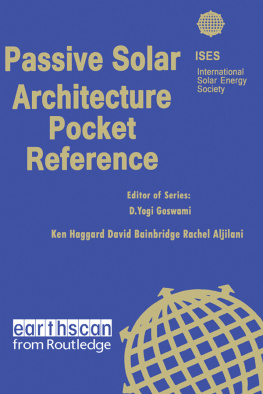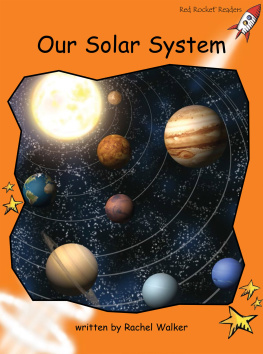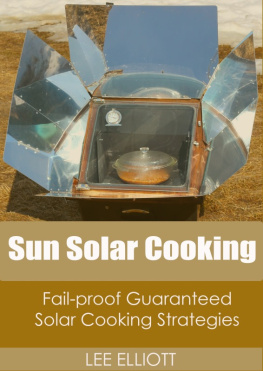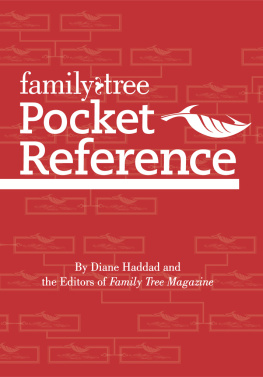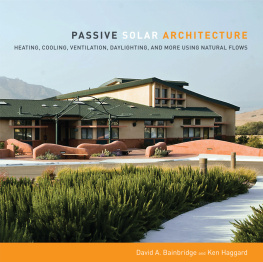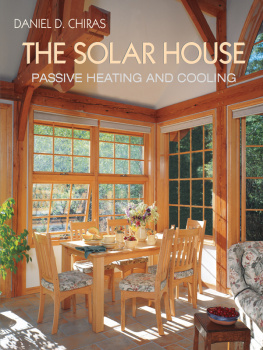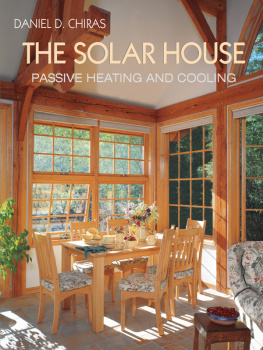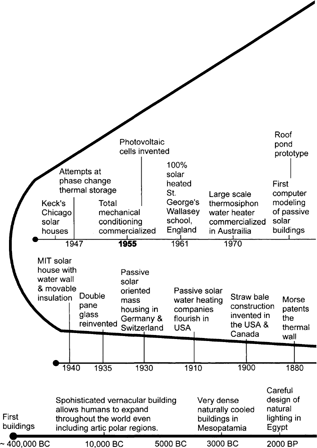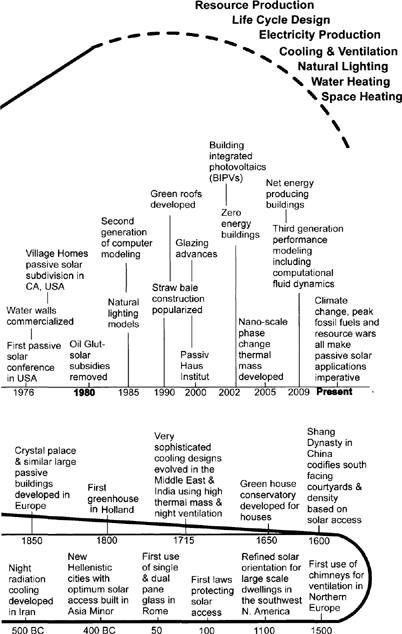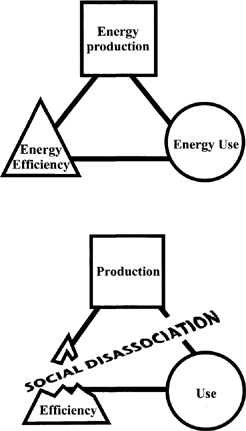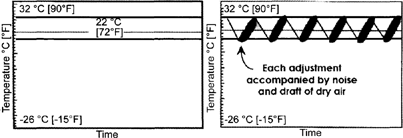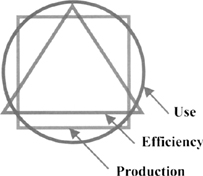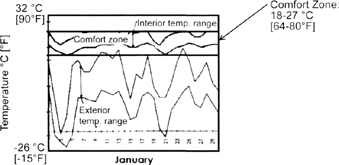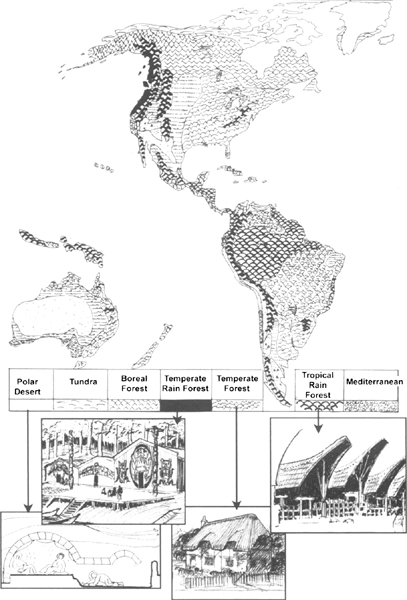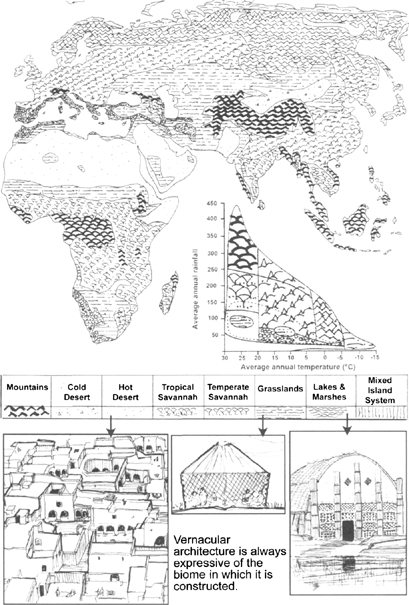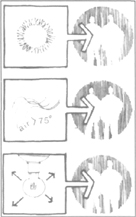Passive Solar Architecture Pocket Reference

ISES
International
Solar Energy
Society
Editor of Series:
D. YogiGoswami
Kenneth Haggard David Bainbridge Rachel Aljilani

Preface
Passive Solar Architecture is solar energy and resource optimizations applied to our built environment. Therefore passive solar is a highly integrated endeavor affecting the design professions, architecture, city and regional planners, structural, mechanical and civil engineers, landscape architects and product designers. As such passive solar design is equal parts art, science and technology.
The amount of building in human society is prodigious and inevitable. Hence if passive solar applications can become a pervasive and rigorous part of these efforts we can have hugely beneficial effects on our looming problems of fossil fuel depletion and climate disruption as well as producing more comfortable and joyous buildings and surroundings.
| Authors: | Ken Haggard, Principal Architect
San Luis Sustainability Group
Professor Emeritus
California Polytechnic
State University San Luis Obispo | David Bainbridge
Sustainable Management
Marshall Goldsmith
School of Management
www.sustainabi1ityleader.org |
Rachel Aljilani
LEED AP, B.Arch., MBA
www.slosustainability.com | With assistance from Polly
Cooper, Francis de Winter, Phil
Niles, Scott Clark and Erin Scholl |
Editor: |
Yogi Goswami, PhD.,P.E.
Clean Energy Research Center
College of Engineering
University of South Florida
Tampa, Florida USA |
Reviewed by:
Barbara Graham, ISES
John Reynolds, ASES |
Third in a series of pocket reference books, the Passive Solar Architecture Pocket Reference adds to the publications provided by ISES enabling readers to make informed decisions, calculations or just become more knowledgeable in this important field.
Monica Oliphant
ISES President
(2008 - 2009)
First published by Earthscan in the UK and USA in 2005
For a full list of publications please contact:
Earthscan
2 Park Square, Milton Park, Abingdon, Oxon OX14 4RN
711 Third Avenue, New York, NY 10017
Earthscan is an imprint of the Taylor & Francis Group, an informa business
Passive Solar Architecture Pocket Reference Book
2009, International Solar Energy Society (ISES).
This series includes the following books:
Solar Energy Pocket Reference Book
2005,ISES
Wind Energy Pocket Reference Book
2007,ISES
All rights reserved. No part of this book may be reprinted or reproduced or utilised in any form or by any electronic, mechanical, or other means, now known or hereafter invented, including photocopying and recording, or in any information storage or retrieval system, without permission in writing from the
ISBN 13: 978-1-84971-080-0 (pbk)
Contents
Passive architecture has been part of architecture from the beginning. There have been historical periods of very sophisticated passive design followed by periods of neglect, but overall there has been a gradual evolution of our abilities to develop buildings that passively respond to the heating, cooling, lighting and ventilation needs of the occupants. This evolution has gained speed with the development of material technology, the rise in the cost of fossil fuels and the ability to model building performance.
The most recent evolution has been accompanied by an enlargement of the functions that passive buildings can accomplish, as shown on the upper right of page 2. [46, 37]
The elementary relationships between energy production, use and efficiency are the first considerations in passive solar design.
Efficiency, effective operation with a minimum of waste, must relate to both production and use for the whole to be efficient.
Our industrial society has so isolated production and use that very few people think about their use of energy. The result is while weve become more efficient with production weve become very wasteful with our use of energy, especially in buildings.
Ideal temperature balance in static theory.
Reality for mechanical systems.
Passive design is the reuniting of production, use, and efficiency at the scale of individual buildings.
A Passive Building [36]
Uses on-site sources of energy.
Relies on natural energy flows with a minimum of moving parts.
Integrates production, use, and efficiency by the buildings design and form.
Passive design is more than efficiency, since it also involves on-site energy production.
Another unique character of passive solar architecture is the goal in regard to interior air temperatures. Instead of attempting to maintain a steady ideal temperature, a passive goal is to keep the chaotic change in temperature limited to a comfort zone defined by the biome of the site.
Thermal goal for interior temperature swings for a passive building in a mountainous, cold biome; Denver, Colorado, USA [5]
Passive solar architecture is also about reconnecting buildings to the uniqueness of place and climate. By doing this, we can build a better environment and reduce the cost and impacts of energy and resources used.
One useful tool is the context of biomes. A biome is an ecological community of plants and animals extending over a large natural area. Worldwide biomes repeat over different continents due to similar environmental patterns. The UN biosphere reserve program lists 15 different biomes as illustrated here. [33, 49]
Solar Radiation
Solar radiation acts as a heat source for a building through direct, diffuse and reflected radiation. Diffuse radiation is the component of sunlight which reaches the ground after scattering and reflection by the earths atmosphere.
Next page
